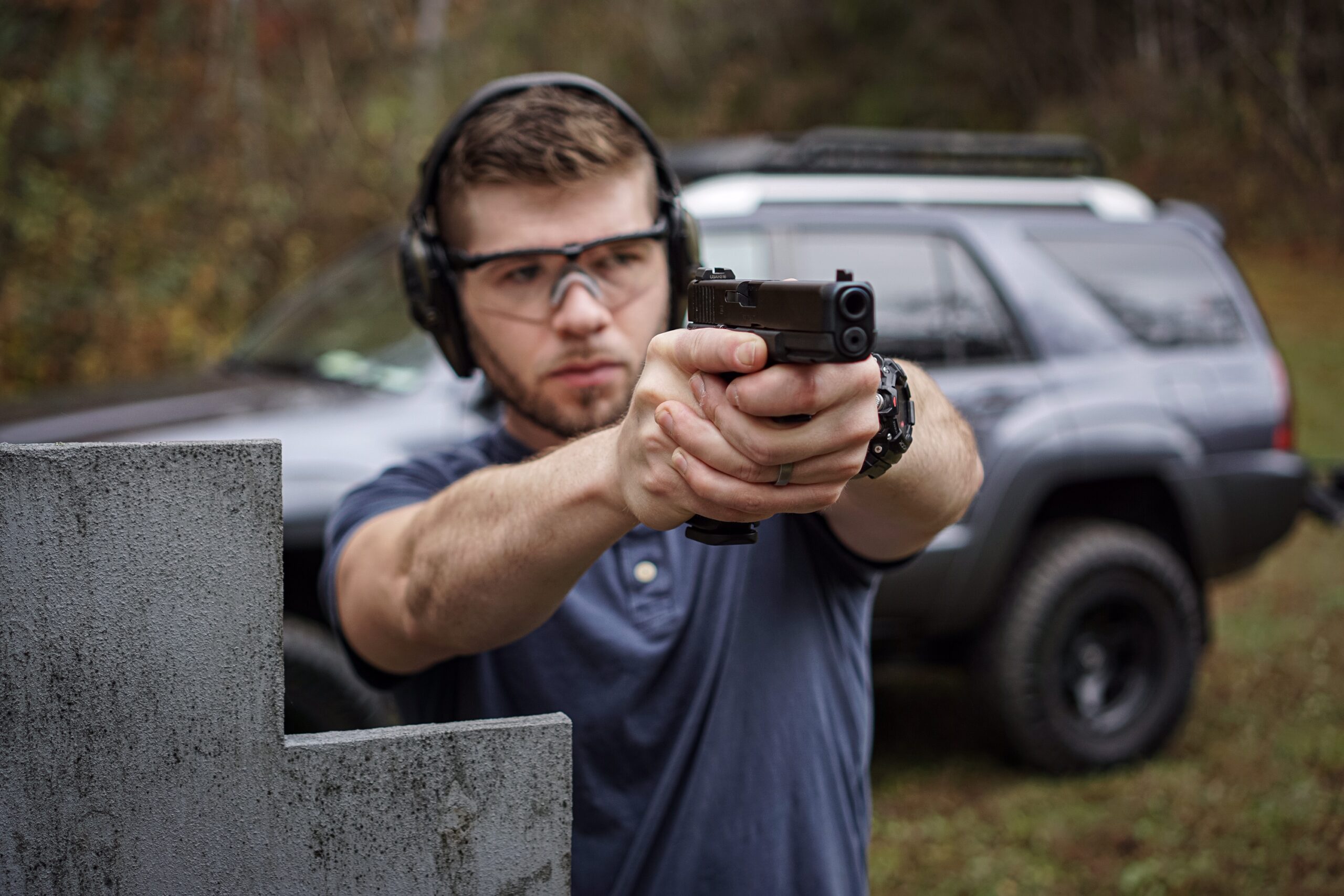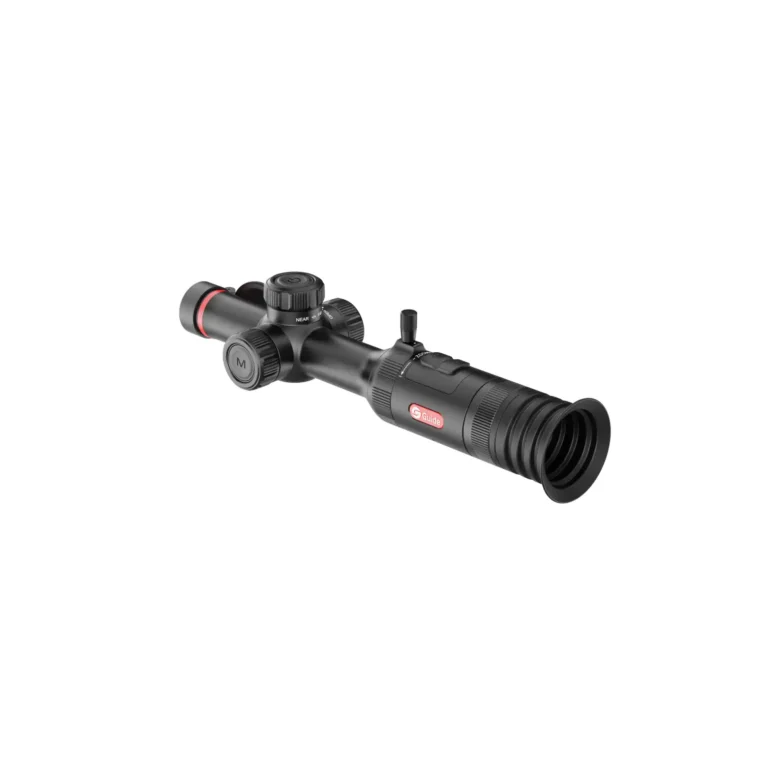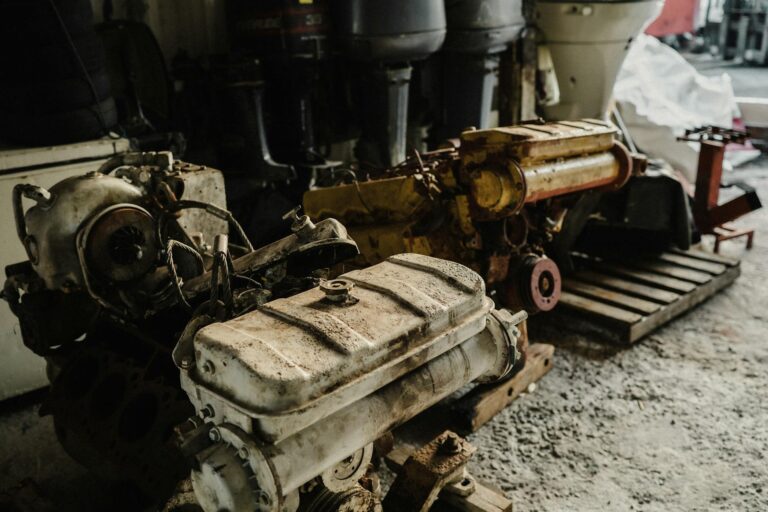Why the glock17 remains a top choice
The glock17 has earned its place as one of the most popular service and civilian handguns worldwide because of its balance of reliability, simplicity, and adaptability. Introduced in the early 1980s, its polymer frame, striker-fired system, and modular design set new standards that influenced nearly every modern semi-automatic pistol that followed. Whether you’re a first-time buyer, a competitive shooter, or someone looking to optimize a duty gun, understanding how the glock17 performs and what sensible upgrades improve that performance is essential.
Core performance characteristics
Reliability and durability
Reliability is the glock17’s defining characteristic. Its simple, robust internal geometry tolerates a wide range of ammunition and adverse conditions. Maintenance is straightforward, and the parts are designed to withstand heavy use with predictable wear characteristics. The factory metallurgy and coatings resist corrosion and retain function under stress, which makes the platform trusted by law enforcement and civilians alike.
Ergonomics and handling
Ergonomics are subjective, but the glock17’s grip angle and overall balance work well for many shooters. The polymer frame reduces weight while maintaining strength. Grip texture and backstrap profile can vary by generation, and many users find that small changes—like aftermarket grip stippling or grip sleeves—improve purchase and control without altering the pistol’s mechanical function.
Trigger and sighting baseline
Out of the box, the glock17’s trigger is serviceable: predictable travel and a consistent reset make it practical for duty and personal defense. Stock sights are functional but often considered basic. For precision work or rapid target acquisition, many shooters upgrade sights and consider trigger enhancements that improve feel without compromising safety or reliability.
Upgrades that improve performance (and what to avoid)
Sights
Upgrading sights is one of the most impactful, non-invasive improvements you can make. Options include dovetail night sights, fiber-optic sights, and low-profile suppressor-height sights that allow co-witnessing with optics. For competition and range use, a high-visibility front sight paired with a contrasting rear improves speed and accuracy. When choosing sights, ensure compatibility with your glock17 generation and dovetail dimensions.
Trigger enhancements
Aftermarket trigger components often focus on reducing travel, refining break feel, and shortening reset. Many users prefer a smoother, crisper break for faster follow-up shots. However, avoid modifications that disable or remove factory safeties. Keep upgrades that maintain the pistol’s original safety features and have been tested by reputable manufacturers or fitted by a qualified gunsmith.
Barrel and accuracy parts
Barrel upgrades—such as match-grade barrels—can improve accuracy potential, especially when paired with quality ammunition and proper sighting. Threaded barrels add functionality for use with suppressors or compensators, but threaded conversions can have legal implications depending on jurisdiction. Always verify local laws before pursuing threaded barrels or suppressor-related accessories.
Recoil management
Recoil springs and guide rods are common upgrades to tune recoil impulse and cycling reliability, particularly when changing ammunition types or adding a compensator. Heavier or lighter springs can affect slide velocity and felt recoil; choose components from established manufacturers and consider having a gunsmith test spring rates to match your intended use.
Magazines and capacity
A solid magazine is crucial. OEM magazines are reliable, but aftermarket offerings can increase capacity or add improved followers and springs for more consistent feeding. When selecting magazines, emphasize reliability over sheer capacity; a single reliable magazine is worth more than multiple high-capacity ones that suffer failures.
Optics and mounting
The trend toward micro red-dot optics on handguns offers faster target acquisition and improved accuracy for many shooters. The glock17 is compatible with slide cuts and adapter plates designed for a variety of optics. If you plan to mount a red dot, ensure the slide is cut for the optic or use an appropriate mounting plate, and check that the chosen optic can withstand recoil and environmental exposure.
Training, maintenance, and legal considerations
Training matters more than parts
Any upgrade’s value is multiplied by consistent training. Work on fundamentals—grip, sight alignment, trigger control, and recoil management—before investing heavily in parts. Upgrades can offer marginal gains, but a trained shooter with a stock glock17 will outperform a novice with an extensively modified pistol.
Routine maintenance
The glock17’s simple field-strip and durable design make maintenance straightforward. Regular cleaning, inspection of springs and wear surfaces, and replacing magazines or springs that show fatigue will maintain reliability. Use recommended lubricants and follow manufacturer service intervals for springs and other wear items.
Safety and legal compliance
Before making modifications, especially those that alter the frame, barrel threading, or add sound suppressors, check local and national laws. Some upgrades may require registration or fall under restricted categories. Never remove factory safeties or perform modifications that compromise mechanical fail-safes. If in doubt, consult a licensed gunsmith or legal professional.
Choosing the right upgrades for your use-case
Self-defense and duty
Prioritize reliability, ease of use, and practice. Upgrade sights to enhance target acquisition in low light, consider a modest trigger refinement that preserves safeties, and select holsters and magazines that support fast, safe access. Keep modifications minimal and well-tested.
Competition and sport shooting
Invest in accuracy-focused parts: match barrels, tuned triggers, high-visibility sights or optics, and recoil-management systems. Balanced upgrades that improve shot-to-shot recovery and precision will pay dividends in match settings.
Recreational and range use
Comfort and personalization often lead the list. Options include enhanced grips, extended magazine releases, or aesthetic upgrades. Still, avoid changes that might accidentally alter the pistol’s safe operation.
Final advice and resources
The glock17 is a versatile platform that responds well to thoughtful upgrades. When improving performance, choose reputable manufacturers, avoid permanent changes that may reduce resale value or legality, and always prioritize safety and training. If you’re unsure about an installation or its implications, seek a qualified gunsmith. Responsible ownership includes knowing your firearm, practicing regularly, and staying informed about legal requirements.

















